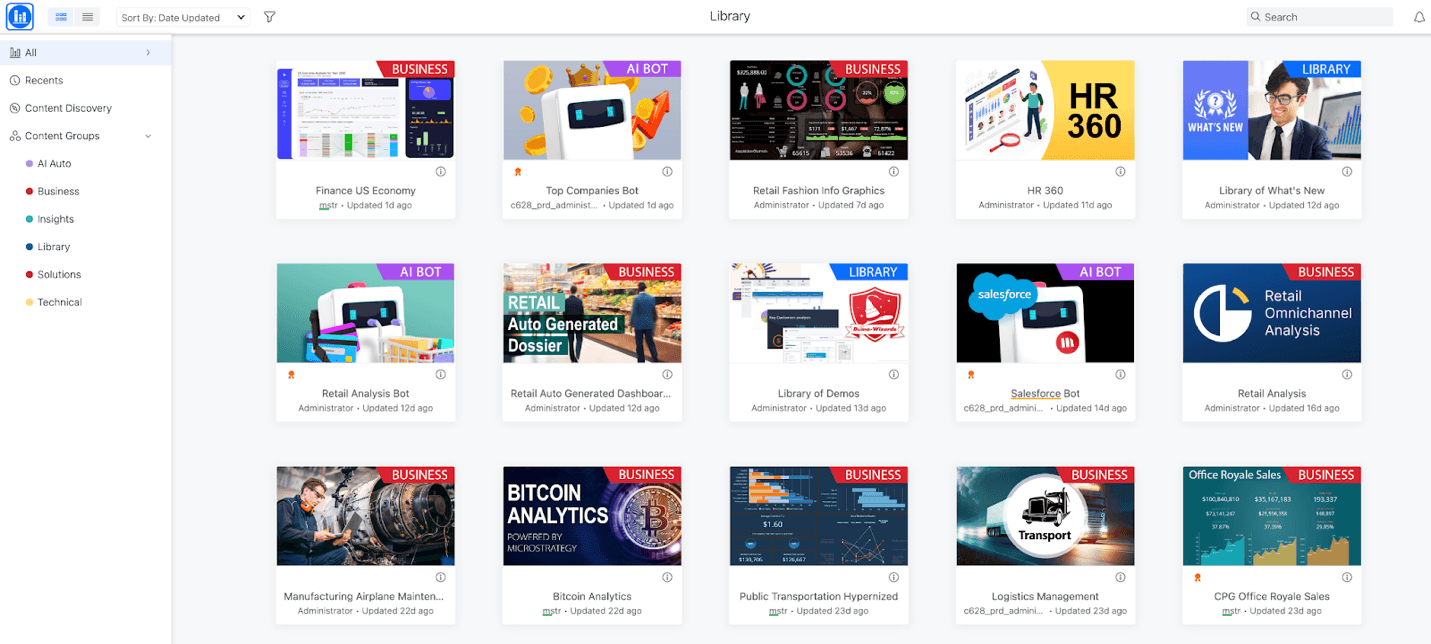Updated: August 13, 2024- 5 min read
Integrating embedded analytics into your digital platform is a competitive necessity. This blog series spotlights the revolutionary role of Generative AI in making data analytics more accessible through natural language interactions, thereby democratizing data insights across entire organizations, regardless of technical proficiency.
This three-part article series covers each phase of AI-powered embedded analytics integration, from setting clear goals that align with your organizational needs to navigating the decisions around product requirements (see Part 2: Defining Requirements) and implementation (see Part 3: Implementation Plan).
We emphasize the importance of user experience, ensuring that the analytics feel like a natural extension of the existing platform, thereby enhancing user engagement without introducing unnecessary complexity.
Development, testing, deployment, and ongoing support are detailed step-by-step, featuring best practices to ensure a smooth, efficient implementation.
Unlock the Power of Your App with the Guide to Embedded Analytics
Make every app intelligent with embedded analytics.
Get Full Guide
The Importance of Setting Goals for a Winning Product Strategy
Product teams are looking to enrich and differentiate products with analytics. The ability to deploy Generative AI (GenAI) capabilities creates opportunities for competitive differentiation and revenue streams.
Software vendors can extend their offerings with branded custom analytics and data workflows.
Organizations can deploy custom workflows within existing internal applications to create actionable outcomes and drive more value from data investments. The following tips will help set you up for success.
Align Analytics Objectives with Business Goals
Possible business goals for AI-powered embedded analytics may include:
Increase revenue of existing products and services as part of the “plain vanilla” service that every customer receives.
Create a tiered offering whereby customers pay more for the higher-level plans that include AI-powered embedded analytics.
Raise customer satisfaction and reduce churn by adding more value to existing services.
Launch brand new data-driven services.
Guide your organization’s workforce to make better data-informed decisions, improve productivity and gain a competitive advantage.
Identify Key Questions for Data to Answer
The next step is to identify key questions your data will answer. Consider what people will learn and what actions they will take based on the data in the embedded analytics.
From a differentiation standpoint, consider how this is better or different than the options that people have today. Clearly describe the purpose of the new functionality and its benefits to your target audiences.
Specify Data Sources and Levels of Interactivity
Scope the types of data your AI-powered analytics will drill down or filter. Your options for data sources range from comma-separated values (CSV) and text files to databases, data warehouses, data lakes, and in-memory engines, as well as streaming data integration pipelines.
Your options to allow people to interact with their data include hovering over an object to reveal some additional text or to trigger an action, filtering to see a subset, clicking to drill down to more granular underlying data, and using GenAI to ask natural language questions in a chat box.
Often, embedded analytics involve read-only use cases. If the user takes an action, such as an online banking customer clicking to set up a new savings account, this can then be recorded in a separate parameter table. In some use cases, you may want to allow write-back to the data source, such as a person updating their mailing address.
Personalization with AI-generated Insights or Recommendations
For competitive differentiation, it’s helpful to evaluate areas for personalization through AI-generated insights or recommendations. Stay competitive with augmented analytics, guided machine learning (ML) workflows, and AI integration.
When done well, embedding natural language chat boxes can be an elegant addition to your product with functionality that users find appealing and natural.
One important nuance to consider for GenAI is whether the user prompts and answers are persisted or not. A consumer may conflate the GenAI chat box with customer support chat and give an instruction, such as to update their mailing address. Many GenAI models will respond along the lines of “Thank you, I have updated your address”. If the GenAI prompts and replies are not persisted, the GenAI model will forget that the user has a new address.
Avoid the Deficiencies of Previous Generation-Embedded Analytics
With the previous generation of embedded analytics, the iframes can slow down page load time and feel out of place in the navigation. Security problems include cross-site scripting attacks and redirects from the source site URL to fraudulent websites.
Website content within iframes may not be indexed or considered in the same way as main page content by search engines.
Customers increasingly expect to find analytics and reporting as part of their everyday services. Meanwhile, many product teams face limited development time, lengthy product roadmaps, and the management of a complex code base.
These considerations for how to do more with less favor a newer approach for AI-powered embedded analytics, such as MicroStrategy ONE.
Introduction to MicroStrategy for AI-Powered Embedded Analytics
Check out samples of what you can build with the next generation of AI-powered embedded analytics, explore the MicroStrategy Demo Library.

Hundreds of global companies and public sector agencies trust MicroStrategy as an AI-powered embedded analytics partner to deliver customized analytics experiences on top of a secure layer of trusted metadata with options to add natural language discovery, predictive analytics, and geospatial analysis.
While other BI and AI vendors have been acquired, merged, sold, or divested, MicroStrategy is the world’s largest independent provider of AI-powered pervasive analytics at scale.
Unlike the previous generation of embedded analytics, MicroStrategy makes it possible for you to integrate controls and actions so they feel like part of your apps and systems. MicroStrategy offers several choices for pricing models including white labeling and revenue sharing.
Learn more about how to make every app intelligent with MicroStrategy AI-powered embedded analytics at https://www.microstrategy.com/embedded-analytics.
Updated: August 13, 2024




